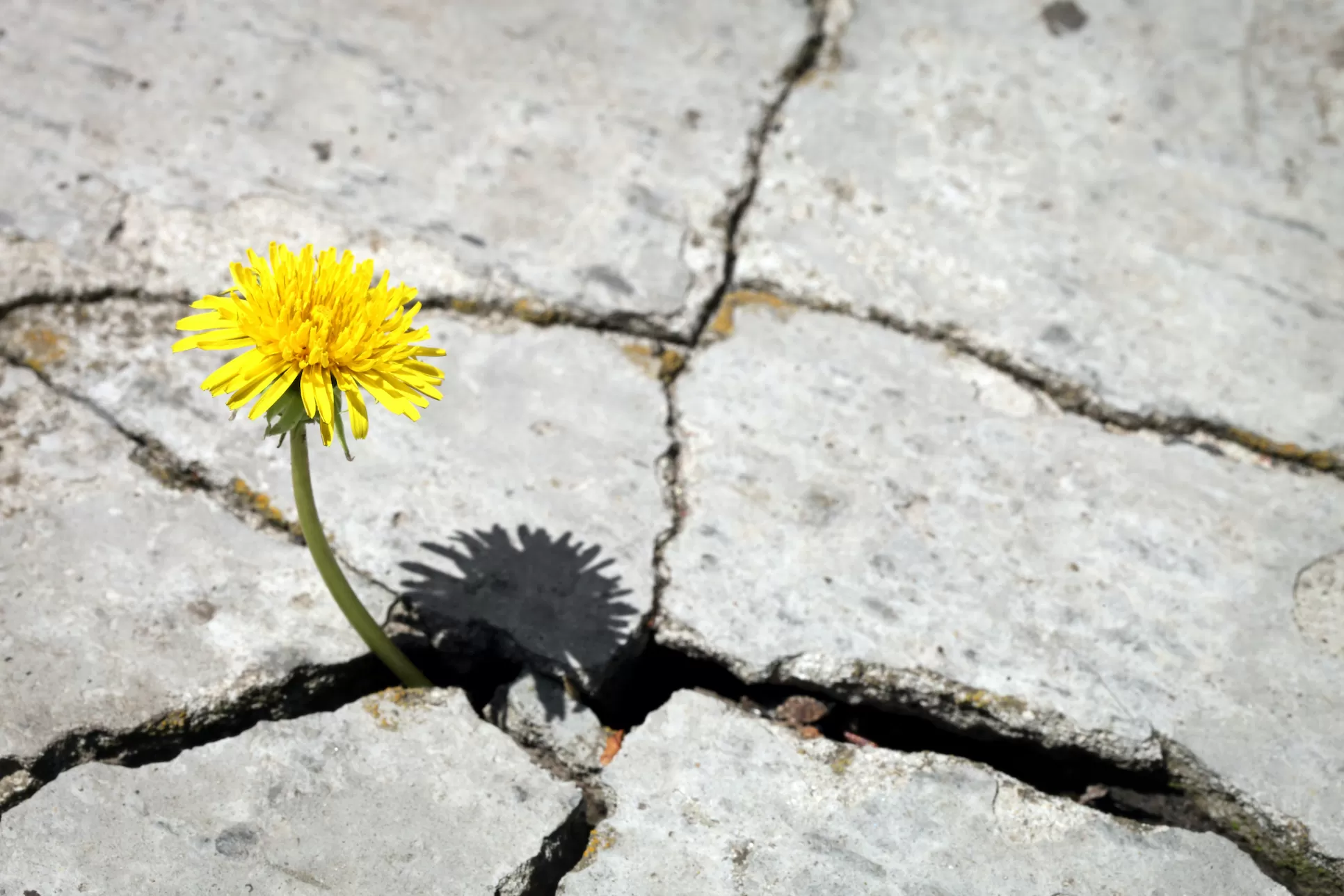Survive or Thrive?
A Personal Empowerment Guide
Most of us humans survive pretty well for 80 or so years. We have no sabre tooth tiger chasing us or need to gather food in a sparce Winter. We can generally rely on no-one clubbing us over the head to get the last portion of spit roasted rabbit. So why, when our actual survival needs are met, are our nervous systems hyper aroused and causing all kinds of stress related health issues?
Our often manic way of living, disconnection and depersonalization, and overstimulation by the media and entertainment, puts us in “flight, flight or freeze” mode to some degree far more often than is healthy. This is the sympathetic nervous system doing what it is supposed to do - preparing us to meet emergencies and threat. Problem is, the threats that it is responding to are not real! Certainly not as real as that sabre tooth tiger! Consider how the following everyday examples increase your heart rate, respiration, and blood pressure, and activate negative emotions such as anger, depression or anxiety.
- Bright lights, sounds and colours in shopping centres
- Rush hour traffic
- Auctions and limited time/ buy now sales promotions
- Watching sensationalist ‘news’
- Deadlines, rules, policies, bureaucracy
So here’s the thing…… You simply cannot “Thrive” when you are in “Survive Mode”. Your whole body, mental faculties, communication and actions are focussed on staying alive, defending yourself or avoiding uncomfortable situations. Nothing in this way of living contributes to a sense of personal wellbeing and while you are doing this, there is no room for creativity, inspiration, choice, flexibility, joy or conscious relationships. Take a look at the documentary entitled “Thrive – What on Earth will it Take?” to be inspired by how life can be when we focus on thriving rather than surviving.
There are a few fundamental keys to thriving and embodying self empowerment in every area of your life. Even doing one of these things consistently will support your confidence, wellbeing and growth.
1. Take Responsibility
Acknowledging your role in creating relationships, situations and experiences, is the first step to having the agency to make changes. Full accountability negates the “Victim, Bully, Saviour” paradigm that keeps us limited and powerless.
2. Rest
Our systems require rest to activate the body’s inner recovery and healing. Rest includes good sleep, relaxation time, limiting stimuli and quiet contemplation. By the way, no-one is truly rested, energised or inspired by scrolling through social media or binge watching Netflix.
3. Face Your Fears
There’s nothing like the “rush” of facing our fears and conquering them - ask anyone who’s asked for a payrise, confronted a difficult situation or bungee jumped. Growth and empowerment happen outside your comfort zone.
4. Practice Gratitude
Our “State of Being” is a magnet that attracts more of the same. Have you ever noticed how one negative thought can cascade into a day of irritation and annoying experiences? When you practise gratitude, your inner magnet begins attracting more to be grateful for.
Sometimes, people are oblivious to being in survival mode, they think it’s normal or they justify it as only being short term. You’ll know these people (and may even be one!) because they are always rushed, emotionally volatile or unstable, in demand, listen poorly, if at all, and are constantly striving for something – a deadline, a new job or to finish everything on their “to do” list. They can talk under water with a mouth full of marbles and their language is peppered with “have to”, “should”, “can’t” and “not” limitations.
Once you’ve recognised that your nervous system is overactivated, it’s possible to take steps to bring it back into balance with a full spectrum of resiliency. We offer plenty of information and practical activities in our Certificate III in Personal Empowerment and this “Sensory Grounding Technique” is one that can be used quickly and easily. All you need to do is move gently or sit comfortably, breathe, take time to settle, limit continuous stimulation (sound, light etc). Then….



